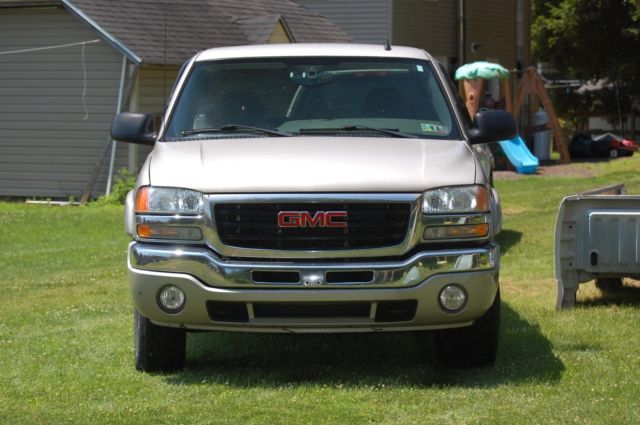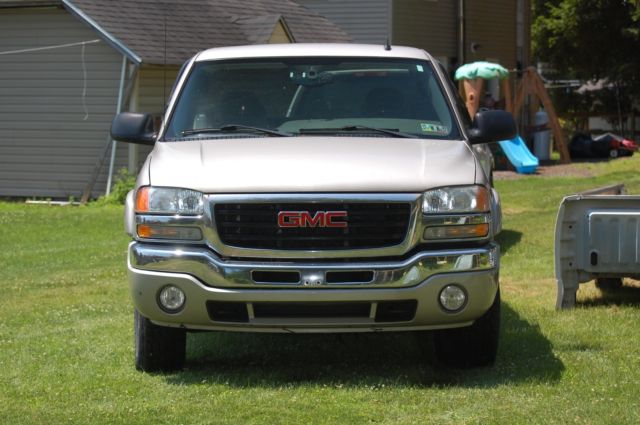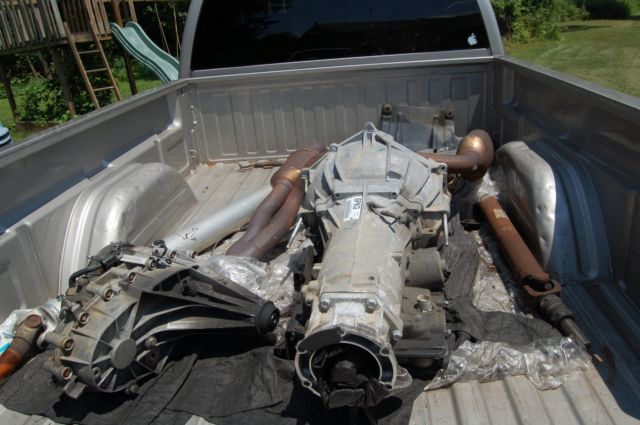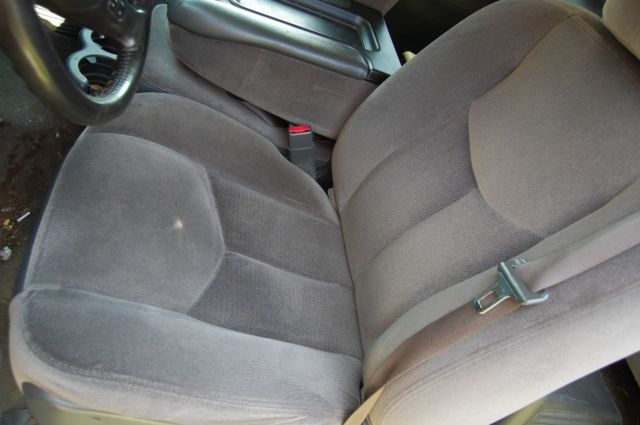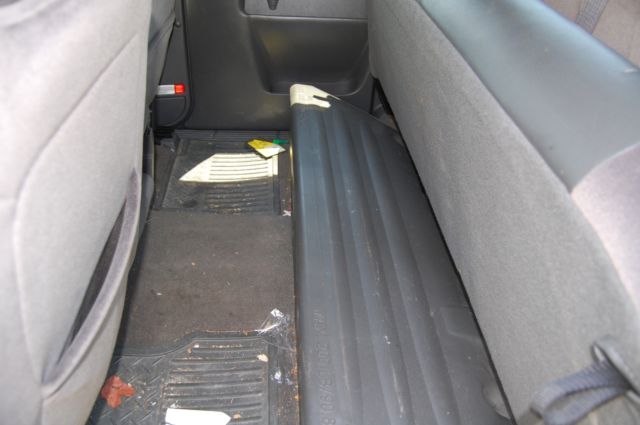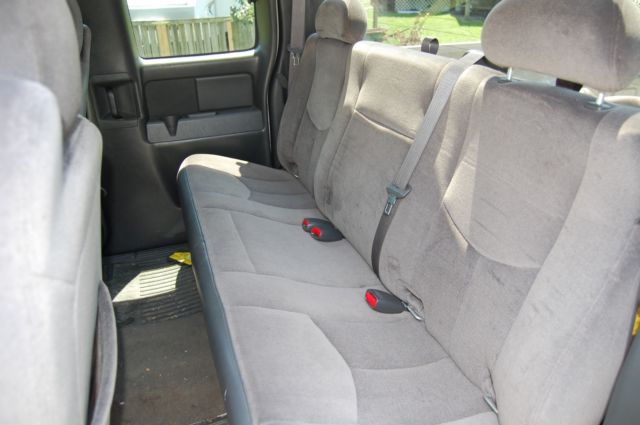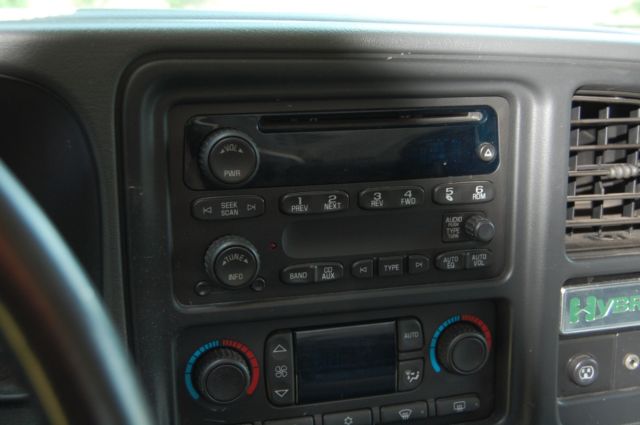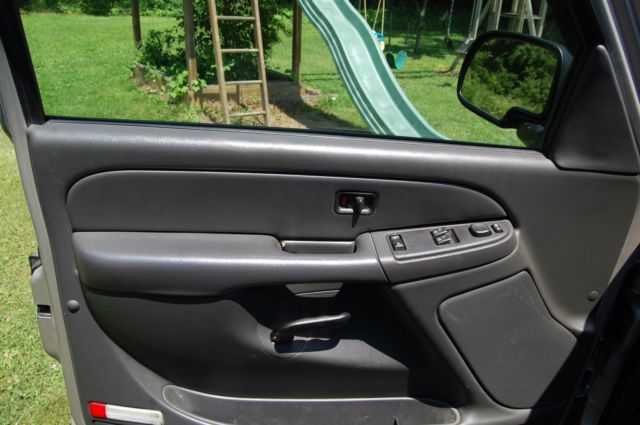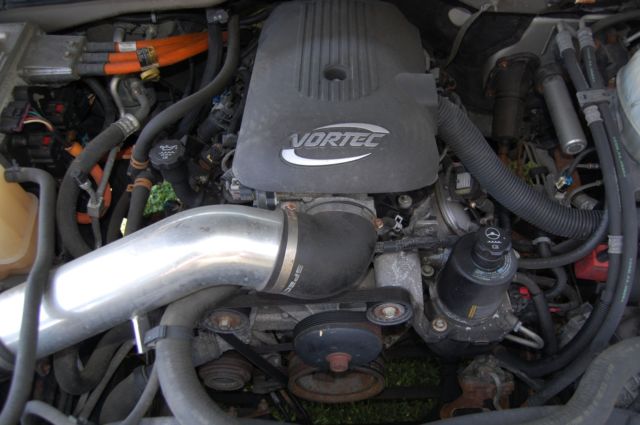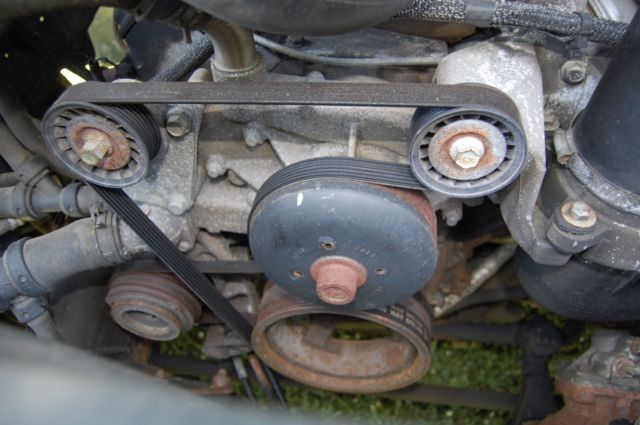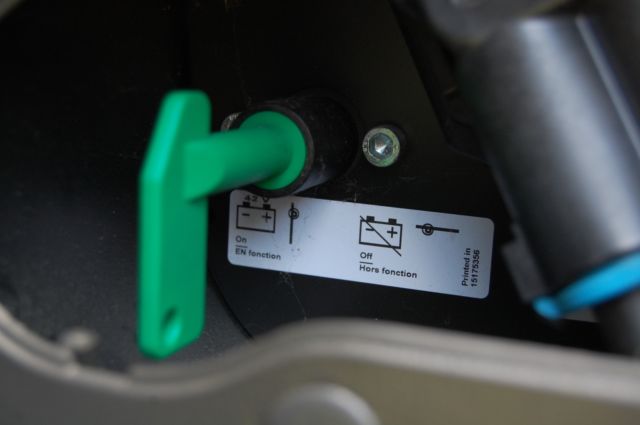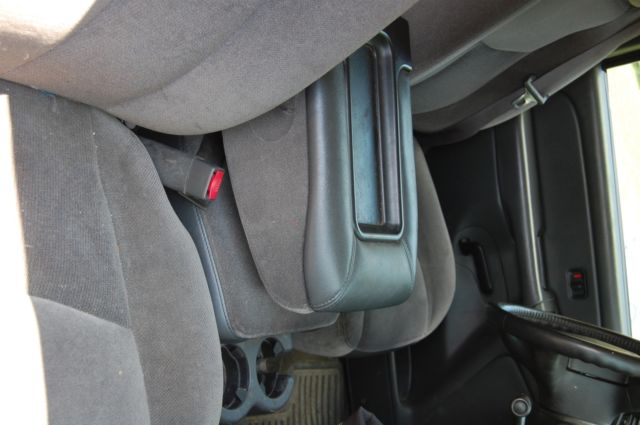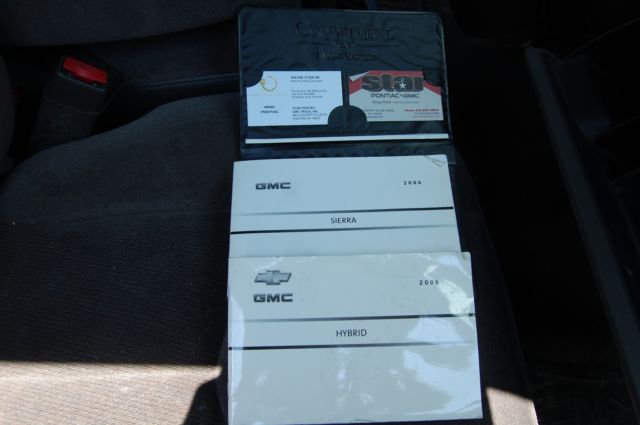2006 GMC Sierra HYBRID Extended Cab
- Condition: Used
- Make: GMC
- Model: Sierra 1500
- SubModel: SIERRA HYBRID
- Type: Extended Cab Pickup
- Trim: SLE
- Year: 2006
- Mileage: 125,000
- VIN: 1GTEK19T56Z135546
- Color: silver birch metallic
- Engine size: 5.3 L V8 HYBRID
- Number of cylinders: 8
- Power options: Air Conditioning, Cruise Control, Power Locks, Power Windows, Power Seats
- Fuel: Hybrid-Electric
- Transmission: Automatic
- Drive type: 4WD
- Interior color: Gray
- Drive side: Left-hand drive
- Safety options: Anti-Lock Brakes, Driver Airbag, Passenger Airbag
- Options: 4-Wheel Drive, CD Player
- Vehicle Title: Clear
- Interested?
2006 GMC Sierra 1500 SLE Description
2006 GMC Sierra HYBRID Extended Cab
Color: Silver Birch Metallic
Interior: Gray cloth
Our family is very sad to see our pickup truck on the auction block. Our loss is hopefully your gain. Here's the story, in its entirety. Buckle up, I tell a darn good story.
IF YOU ARE INTERESTED IN THIS TRUCK FOR PARTS OR A PROJECT, YOU NEED TO READ THIS.
I bought the truck brand new in January of 2007. Original MSRP was $36K, and since it was January of '07 and it was an '06, they knocked it down to $29K. I was originally attracted to the truck because it was a limited production run of 3000 pickups that GMC made in a hybrid version. I believe that you need to support the technology that makes cars better - Remember, cars didn't have seatbelts once upon a time.
Back in 2005 (lo, these many years ago) the "best General Motors could do" was called a 'mild hybrid' system. Whereas the Civic Hybrid, Prius, and Lexus of the time all had batteries and motors to make the drivetrain move, the motors and windings in the truck were deemed too heavy/cumbersome for the battery requirements, not to mention the weight of the motors and extras would have killed the mileage you were saving. Imagine carrying a load of brick or pulling a flatbed loaded with a car. You'd need some pretty incredible power. Chevy DID sort this out in their later hybrids — but as stated before, this was their first trial of the hybrid market in a full-sized, half-ton pickup.
The way the mild hybrid works is that under 13 MPH, (21 km/H for our northern friends), if the computer senses you are stopping, the engine shuts off. Everything still works on of the battery except the drivetrain. You've still got your comfort systems, steering, and brakes. As soon (as in instantly) as you remove your foot from the brake, the 5.3 L V8 takes control, and you drive again. This design was totally useless on the highway, but excelled in stop-and-go traffic, where the EPA estimates Americans waste about a billion gallons of gasoline a year.
When used as a commuter vehicle, the hybrid system was marginally helpful, adding 4Â-6 miles per gallon. The 5.3 is a great motor, and we pulled a lot of heavy trailers and loads of firewood, too. The steering was responsive and tight, stopping and turning were beautiful. In short, it was a great ride. Long distance highway was equally as nice. Road trips were a pleasure in her. I have driven it through Midtown Manhattan at rush hour and remote parts of Northern Canada with equal bliss, and she never let us down. Until now.
The way the batteries recharge is based off a stator that is around the outer diameter of the flywheel, also enclosed inside the bell housing. The flywheel, spinning the same speed as the motor, has magnets embedded in it. The stator, consisting of hundreds of tiny copper plates, generates electricity inside the electromagnetic field. These electrons get turned down and regulated in an inverter under the hood, which then charges the 42-volt batteries under the rear seat. Essentially, the engineers at GM built a generator around the outside of the transmission. The stator in our truck developed a short. And here's the kick in the shorts: GM never made any spare stators. They had a few 'new old stock' for a short time about ten years ago, but they have been discontinued. There is not a single, new stator that we could find in North America. And dammit, we tried. The part it needs is GM# 19117206, and runs about $520. We had an industrial windings place in Reading, PA quote us somewhere "between four and six thousand" to rebuild it. Unfortunately, we needed a second car immediately, and don't have the time to play with it. Maybe you do!
The obvious choices are these: 1, you could rebuild the stator. Maybe you are good at industrial windings and motors. This is a great deal for you. Everything is here.
2. You could put a regular transmission without the hybrid system in it. The bell housing is larger in order to accommodate the stator, which means you probably could not just swap out the guts. There is also no spot for a starter motor on this transmission. The flywheel, because of the electromagnets, is not equipped with teeth to engage a bendix gear (starter wheel pinion) like a regular starter would. Supposedly, the torque converter and 4 wheel drive transfer case are still useable in the standard trans; but in case you haven't noticed, I am not selling you anything I am not awfully sure of. Additionally, you would have to replace the computer and some parts of the wiring harness, power steering and parts of the air conditioning compressor, all of which are electric motors, not mechanically belt-driven. The nice thing is that since it is a standard GM V8, all that equipment will bolt right in. Ideally, you could take a wrecked or totaled Sierra or Silverado, use the drivetrain and do an ol' swapperoo. This truck has a perfect body and skeleton, but some of her organs are shot. You just need a transplant.
Let's amend that to *almost* perfect body. There's a small dent in the rear quarter panel, driver's side, from when someone (I promise, it wasn't my wife) took a corner too sharply. Just a push in, not a crease. The tires literally were put on a month before the stator died. That one hurt. $700 in tires for a month of use. The spare is also perfect. Interior is great... Used, but certainly not worn. It could use a little carpet cleaning, and that's about it. The 42V battery system (also worth ≈$1200) still charges and worked fine until that fateful day. Sometimes in the bitter cold, the hybrid battery light came on, and went out after a warm-up and a bit of driving/charging. The regular 12V battery is two years old and worked just fine, too. The motor got new oil every 3500 miles, fluids always maintained, and work was done right. God, I really loved this truck. I hope you can, too.
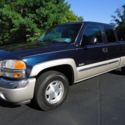 2006 GMC SIERRA SLE EXT CAB 4X4 V-8 AUTO HYBRID RUST FREE NO RESERVE AUCTION
2006 GMC SIERRA SLE EXT CAB 4X4 V-8 AUTO HYBRID RUST FREE NO RESERVE AUCTION
Mileage: 183,358
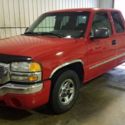 2006 GMC Sierra 1500 Extended Cab Truck Red
2006 GMC Sierra 1500 Extended Cab Truck Red
Mileage: 165,188
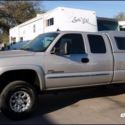 BUY IT NOW: 2006 GMC SIERRA 2500HD DURMAX DIESEL - EXTENDED CAB - 4X4 -
BUY IT NOW: 2006 GMC SIERRA 2500HD DURMAX DIESEL - EXTENDED CAB - 4X4 -
Mileage: 201,400
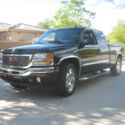 2006 GMC SIERRA 1500 VORTEX MAX EXTENDED CAB PICK UP
2006 GMC SIERRA 1500 VORTEX MAX EXTENDED CAB PICK UP
Mileage: 97,700
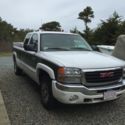 2006 GMC sierra 4x4 extended cab 1500 HD SLE Chevy Silverado 89,200 mi. 4 door
2006 GMC sierra 4x4 extended cab 1500 HD SLE Chevy Silverado 89,200 mi. 4 door
Mileage: 89,200
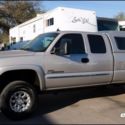 2006 GMC SIERRA 2500HD DURMAX DIESEL - EXTENDED CAB - 4X4 - RUNS/LOOKS GREAT
2006 GMC SIERRA 2500HD DURMAX DIESEL - EXTENDED CAB - 4X4 - RUNS/LOOKS GREAT
Mileage: 201,400
 2006 GMC Sierra 2500HD SLT 4dr Extended Cab 4WD SB Pickup Truck Automatic Blue
2006 GMC Sierra 2500HD SLT 4dr Extended Cab 4WD SB Pickup Truck Automatic Blue
Mileage: 122,335
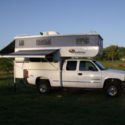 2001 GMC Sierra 2500HD 4x4 Extended Cab with 2006 Outfitter Truck Camper
2001 GMC Sierra 2500HD 4x4 Extended Cab with 2006 Outfitter Truck Camper
Mileage: 285,000
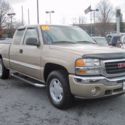 2006 GMC Sierra 1500 96292 Miles Extended Cab Vortec 6.0L V8 SFI High-Output 4
2006 GMC Sierra 1500 96292 Miles Extended Cab Vortec 6.0L V8 SFI High-Output 4
Mileage: 96,292
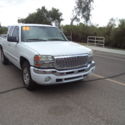 2006 GMC Sierra 1500 SLE1 173000 Miles Truck Extended Cab V-8 cyl 4 speed autom
2006 GMC Sierra 1500 SLE1 173000 Miles Truck Extended Cab V-8 cyl 4 speed autom
Mileage: 173,000
